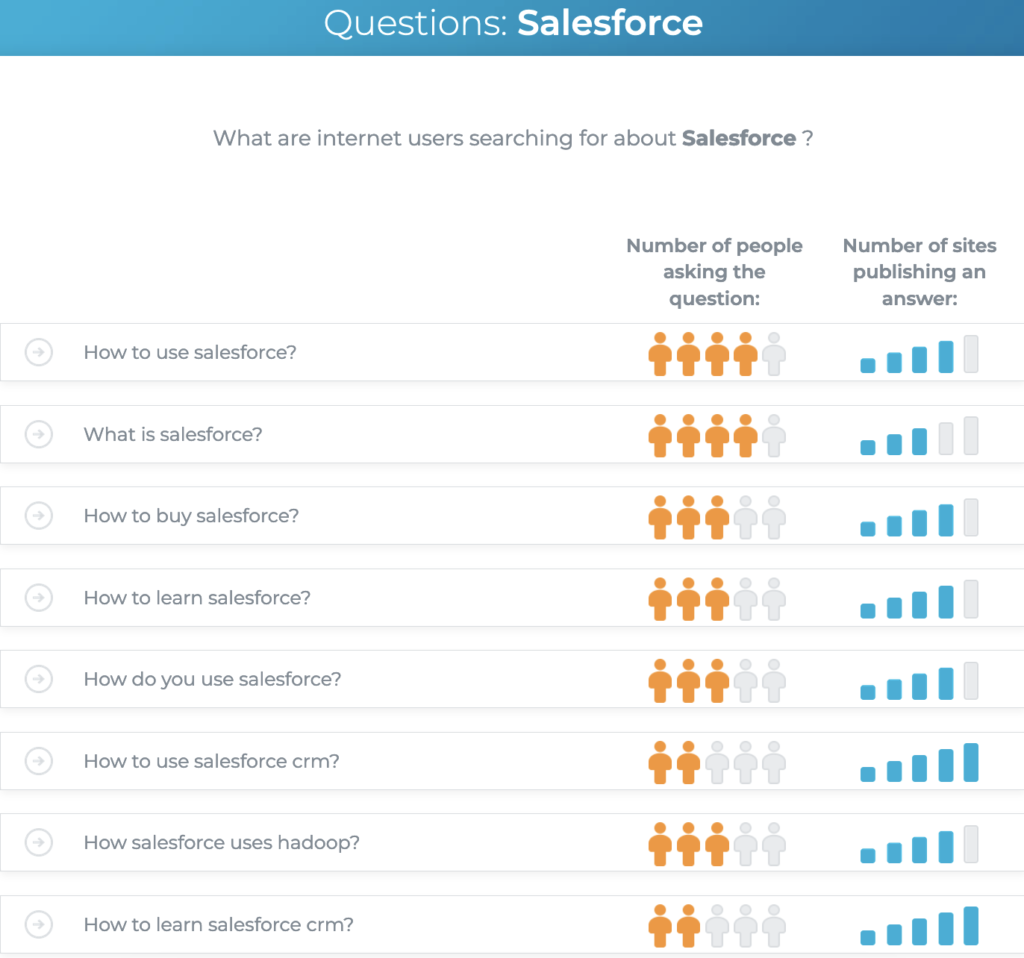Until recently, customer service was more or less limited to channels that were fully under the control of brands and safely hidden away from the scrutiny of the general public.
The growing trend of support-based interactions taking place on social media represents major challenges for brands seeking to maintain positive reputations online, but the trend also makes for major opportunities.
While the “real time social media war room” model might not be a possibility for every business, a social media support coverage schedule is pivotal. Just one disgruntled customer who hasn’t received a timely, cheery and helpful reply can cause the whole barrel to spoil.
It’s All Inbound
As recently as two or three years ago, you probably only responded to help queries from customers who contacted your company’s dedicated support team via phone, email, contact form or ticketing system. However, customers are increasingly choosing routes to reach out to brands that are at once more and less direct – more direct in that social media is immediate and ever-present, and less direct because sometimes you’ll need to do some proactive digging to find the relevant conversations.
Today, more and more people are posting on their own feeds and on the social media channels of said brands. Sometimes it’s a kneejerk reaction (frustrated people are known to reach for their smartphones to vent) and sometimes it’s more deliberate than that (the more people use social media for engaging with brands, the more we expect to receive fast responses there).
This type of social media use makes a lot of sense in the context of the digital revolution, which has empowered customers and flipped the flow of messaging on its head. Interruptive, hard-sell marketing has been replaced by inbound marketing, as people engage with companies online because they want to.
Meeting Expectations to Restore Sentiment
A report from Nielsen Social illustrates poignantly how big the opportunities here are. Over half of the people who turn to social media for active brand engagement do so several times monthly, and 9% do so daily, but only 36% are satisfied with the responses they receive.
A comprehensive survey by Lithium Technologies revealed that 53% of Twitter users expect to hear back from brands within an hour of tweeting, and that number shoots up to 72% when the tweet in question involves a specific complaint.
Using social media as a customer service tool has emerged as one of the biggest opportunities for brands to delight customers and make an impression on prospects. Damage control and customer service via social media has some major advantages that your business should be taking advantage of. This is the basics behind Unified Communication.
Show Them You Care
Customers have come to expect quick customer service, via whichever channel they choose to contact you.
And yet so many brands are failing to deliver the goods, replying to queries on social media too late, too poorly or not at all. You can differentiate your company by being ultra-responsive, letting customers know that you care about them and their concerns. Customers have indicated that they are more impressed by a speedy response than by one that actually solves their problems.
That doesn’t mean you should post incorrect responses just to say something, but you can ask follow-up questions, request an email address to continue the conversation offline or inform the customer that you are looking into the issue and will respond more thoroughly soon. A personal post goes a long way, too – social media managers can add their own names to posts to show customers they are talking to a real person, and they can use the recipient’s name to help him or her feel heard.
Remind People Who You Are
A brand that’s active and engaging on social media keeps its name in the forefront of its audience members’ thoughts. Answering questions and responding to comments is an opportunity to keep them thinking about you and about the value you provide. Even on-site conversations should become more social media friendly. Luckily there are tools for that, like conversational forms and chatbots.
Remember, though, that followers who never comment on your posts are also likely to be paying attention, and you never know what social media discussion thread will come up in someone’s search results. It’s all on record.
Make sure that your brand’s online community understands how much you appreciate them and how diligently you work on delighting them. When a new potential customer lands on your social media presence, he or she is much more likely to engage with you if he or she sees that you’re active and helpful.
Proactive Sentiment Management
Proactive sentiment management is about being able to predict what your customers are going to be unhappy with. For example, by seeing what your target audience is asking online, when it comes to your strongest competitor, will help you avoid their mistakes. Text Optimizer is a great tool to help with that:

A brand’s reputation can go south extremely quickly on social media. A customer with a large following on social media can make his complaint go viral very fast. Negative reviews are inevitable, but a well-crafted and timely response can minimize damage and even turn the situation into a win. When someone criticizes your brand online, use it as an opportunity to demonstrate empathy and generosity.
Look into the issue and figure out if the complaint is legitimate. In either case, apologize to the customer and offer to compensate and/or help solve the problem. Don’t ever leave comments that can be read as justifications of your actions; savvy social media users see right through non-apologies. Try to move the conversation offline and work directly with the customer until you’ve achieved satisfaction. Remember that disgruntled customers have the most potential to become your brand’s biggest evangelists.
Imagine that you subscribe to a web-based marketing tool and can’t get one of the core functionalities to work as you think it ought to. Let’s say that you tweet about your frustration and get an almost immediate response from the software company asking how they can help solve your problem. You tweet back explaining your specific issue and are provided with a link to a knowledge base page explaining exactly how to solve this issue.
In this scenario, your frustration and dissatisfaction is quickly diffused and turns to admiration and loyalty to this brand. When friends ask what service they should use, you are all the more likely to tell them that this one is worth using because of its excellent, attentive and helpful customer service.
When to Respond
Although almost all do, not every social media comment deserves a response. Don’t respond at all in situations where you’ll only be adding fuel to the fire. If you’re participating in a conversation and you see it going down that road, bow out gracefully before it gets ugly. You don’t have to respond to vague or spammy comments, but questions and honest reviews do deserve your input.
Treat your social media channels like your office phone, in that when someone calls, you answer, and you do your best to help – it’s a useful analogy, except for one key difference. Billions of people around the world can listen in on this phone line.
Keep in mind that your goal is to show your customers that they are important to you. Acknowledge their problems, provide them with wise advice, and engage them so they don’t forget who you are.
Image source: Pixabay

